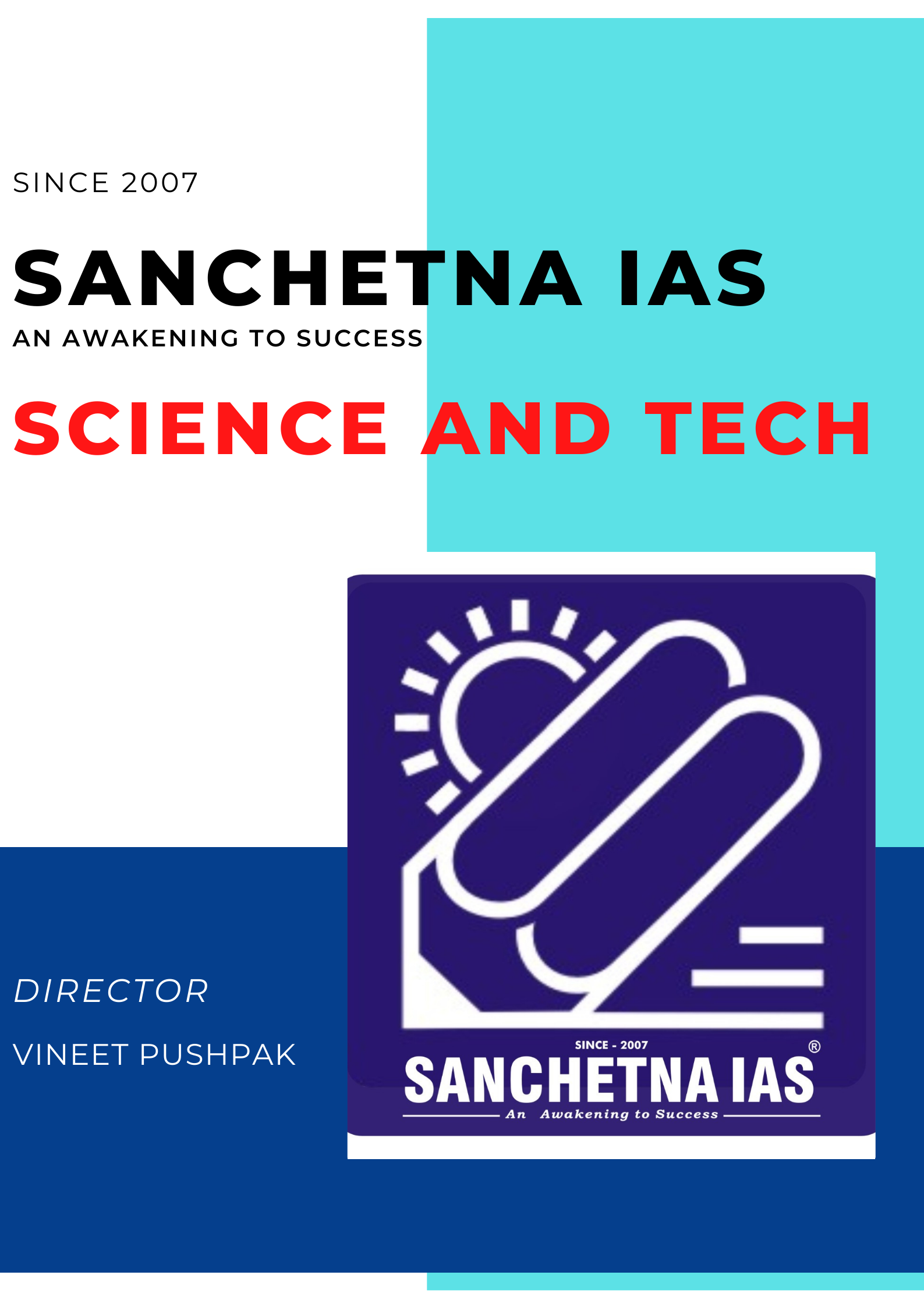
SCIENCE AND TECHNOLOGY
(UPSC expects from candidates basic awareness in the field of information technology, space, robotics, nanotechnology)
Scientists used their knowledge to develop technology and then used technology to develop Science; so, because of this reason science and technology are an integrated term in today's world.
The goal of science is to expand knowledge while the goal of technology is to apply that knowledge: Both rely on asking good questions; that is, questions that can give valid answers which will have real meaning about the problem under consideration.
To know more come and become a member of Sanchetna IAS ---an awakening to success.
Science & Technology part of UPSC syllabus comes under GS Mains paper -3. It does not require any specialized knowledge but basic awareness in the field of information technology, space, robotics, nanotechnology etc. This could be covered from daily news paper study.
Usage of nanotechnology and their applications in agriculture specially irrigation and How nanotechnology growth can be the next big thing in India, recent developments in IT sector and Space technology and Robotics and associated issues must be studied thoroughly. you should be aware of various uses, any recent breakthrough in technology etc.
Topics from where questions are asked regularly
1) Science and Technology- developments and their applications and effects in everyday life.
2) Achievements of Indians in science & technology; indigenization of technology and developing new technology.
3) Awareness in the fields of IT, Space, Computers, robotics, nano-technology, biotechnology and issues relating to intellectual property rights
Question asked in CSE Mains 2022
1) Launched on 25th December, 2021, James Webb Space Telescope has been much in the news since then. What are its unique features which make it superior to its predecessor Space Telescopes? What are the key goals of this mission ? What potential benefits does it hold for the human race?
2) What is Integrated Farming System? How is it helpful to small and marginal farmers in India ?
3) Do you think India will meet 50 percent of its energy needs from renewable energy by 2030 ? Justify your answer. How will the shift of subsidies from fossil fuels to renewable help achieve the above objective?
4) Discuss in detail the photochemical smog emphasizing its formation, effects and mitigation. Explain the 1999 Gothenburg Protocol.
5) Each year a large amount of plant material, cellulose, is deposited on the surface of Planet Earth. What are the natural processes this cellulose undergoes before yielding carbon dioxide, water and other end products ?